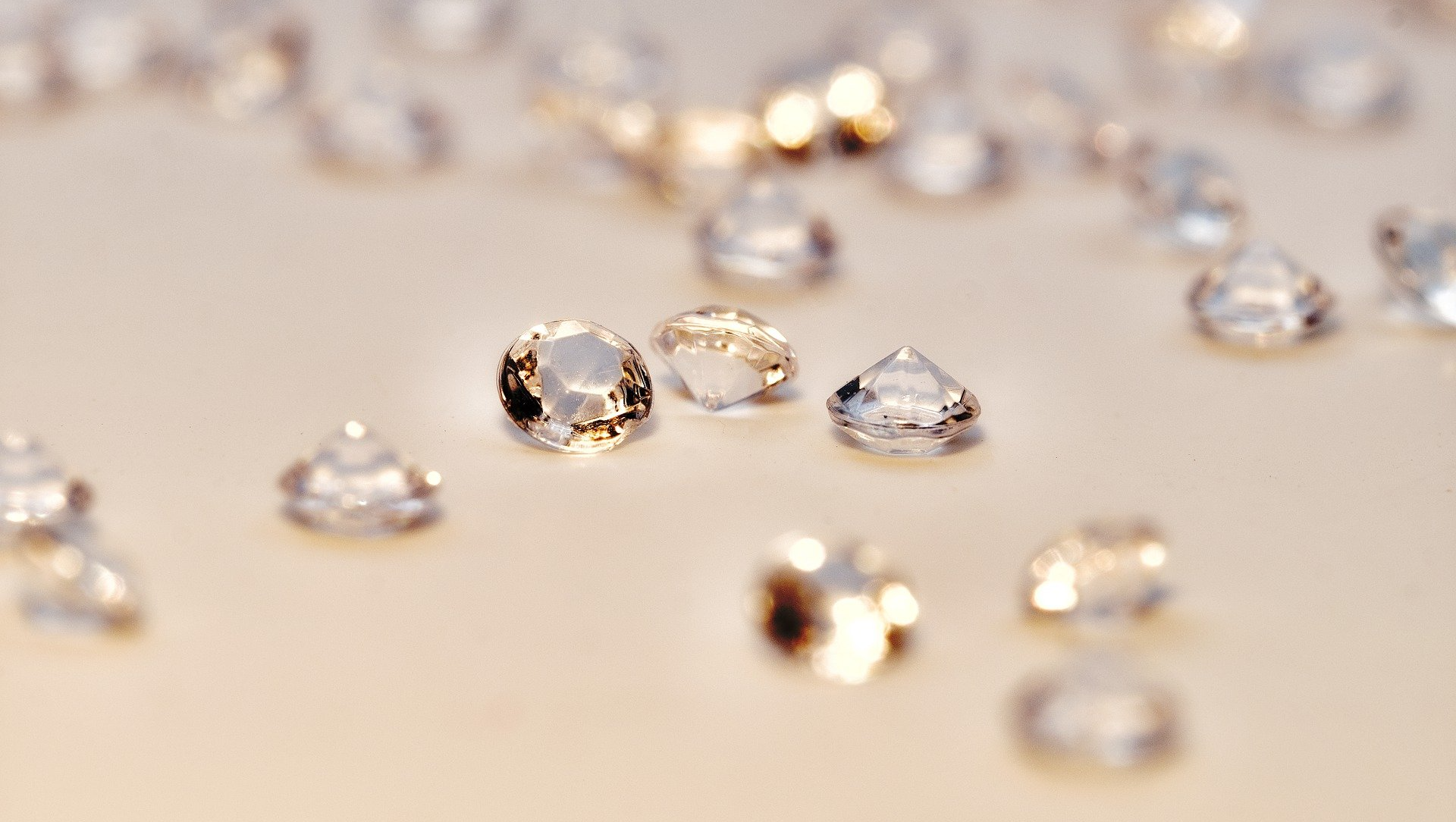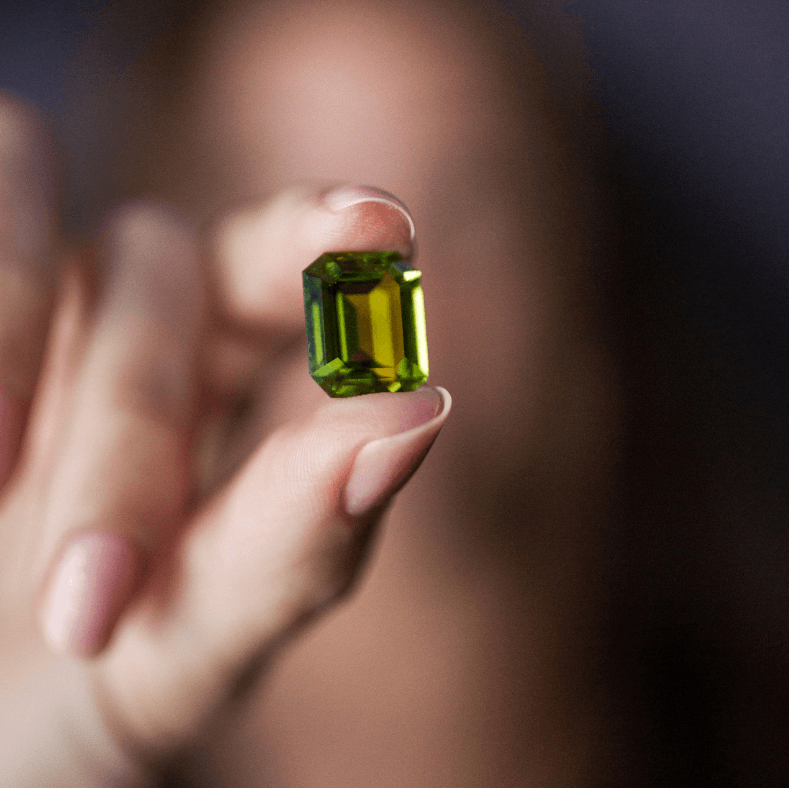A Diamond is a Diamond...or is it?
By: Doug Mitchell

According to the Gemological Institute of America, the world’s love of diamonds originated in India as early as the fourth century BC. But what about diamonds makes them so special?
Diamonds are considered the most durable gemstone on the market. On the Mohs hardness scale—ranging from 1(softest) to 10 (hardest)—diamonds are a 10; they are the hardest natural substance on Earth. While many of the diamonds you usually see are clear in color, they can actually come naturally in any color of the rainbow.
Their value comes from the fact that only 30% of the world’s mined diamonds are actually gem quality. All of the world’s diamonds were formed billions of years ago with tremendous amounts of pressure at temperatures ranging around 1652–2372°F at depths between 90–120 miles beneath Earth’s surface. On average, 1 million units of mined rock yields just one part diamond. So for every one million pounds of the diamond-bearing host rock (that’s a whopping 500,000 tons), miners expect to find just one. The expense of mining those diamonds significantly impacts their price and our environment. This is why the world has turned to more sustainable, durable gemstones in lieu of diamonds.
Lab-created diamonds
One alternative to a natural diamond is a lab-created diamond. Lab-created diamonds came to the market in the 1950s. Originally they were produced for industrial purposes, such as lenses and telecommunications. By the 1980s, however, producers were able to create gem-quality diamonds that could be faceted.
The first gem-quality lab-created diamonds were mostly yellow, but over time the quality improved. While the price of these lab-grown diamonds is tremendously less, the quality and durability are that of natural diamonds. This is because chemically and atomically, natural and lab-grown diamonds are identical. You cannot tell the difference at eye level; only with special equipment can you tell the difference between a natural and a lab-created diamond. They are every bit a diamond at the molecular level and produce the very same durability, fire, and sparkle found in all diamonds.
Moissanite
Another alternative is moissanite. Moissanite was first discovered in 1893 by a French scientist named Henri Moissan, who later won the Nobel Prize in Chemistry. He found microscopic particles in Arizona in a crater created by a meteorite that fell to Earth. He initially thought that he had discovered diamonds but later determined that the crystals were composed of silicon carbide. The moissanite available today is laboratory-created. After many years of trial and error, the particles Moissan discovered were successfully synthesized to produce what is now one of the world’s most scintillating gemstones.
Moissanite is engineered to give the illusion of similarity to diamonds but is compositionally and visually quite different from a real diamond. Moissanites exhibit a heightened brilliance compared to diamonds, as their faceting pattern is different. Moissanites are typically colorless. For the same size from the top view, moissanites are dramatically lower in pricing than diamonds of that size.
Let Diamond Doug & his assistant, Amber, show you side-by-side the differences at
UniQ Jewelry Gallery
3940 W Centre Ave, Portage
uniqjewelry.com











